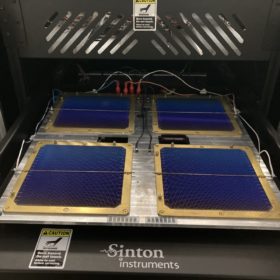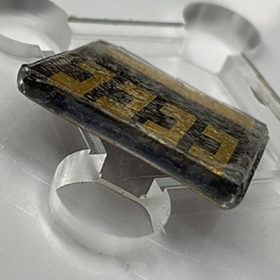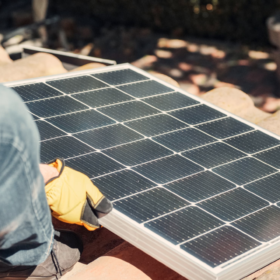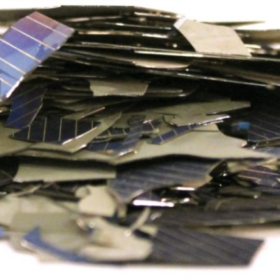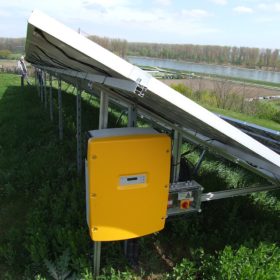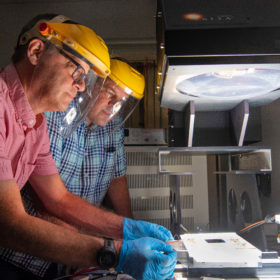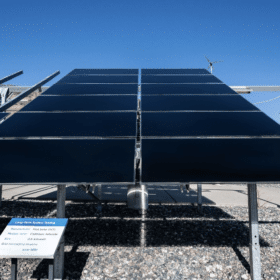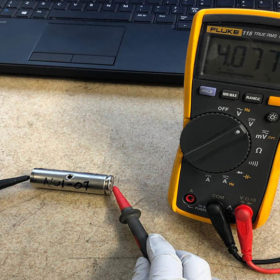The Solar Tech Check: Toward 50-year modules, and how the numbers add up for HJT
This week sees new technoeconomic analysis published on different aspects/materials for heterojunction: Important to consider as Europe in particular looks to be betting big on this technology for its manufacturing comeback. And a new report from NREL in the United States examines progress in degradation and durability to increase module lifetimes.
Lead absorbing encapsulant for perovskite solar cells
Scientists in the United States developed what they describe as a ‘scotch-tape like’ solution, which can absorb potential lead leakage from perovskite solar cells, preventing the toxic material from entering the environment. The tape, according to the scientists, can easily be integrated with existing encapsulation strategies, and was shown to absorb 99.9% of lead leaked from cells from that were severely damaged.
How varied energy storage can enable a low-cost renewable energy future
Research from the U.S. National Renewable Energy Laboratory shows that high-renewables operation is possible, and less expensive, when a range of energy storage technologies are used.
Targeted marketing, better policies could support US low-income solar adoption
A new study shows that U.S. solar installers submit fewer quotes to low-income households, creating a supply-side barrier to solar adoption.
On the trail of a cause for solar cell LID
Scientists in the United States used sophisticated imaging to delve deep into the structure of a silicon solar cell, revealing for the first time a distinct defect signature for light-induced degradation. Their technique could be used to better understand the mechanisms behind multiple various defects affecting the performance of silicon and other solar cell technologies.
SolarRecycle website launches
SolarRecyle.org is designed to provide clear information for a more sustainable solar panel life-cycle.
Interoperable SCADA protocols for PV inverters
NREL researchers have developed interoperable SCADA protocols for PV inverters. Two new sets of codes were conceived to enable legacy inverters, which are inverters that are not capable of providing some or all of the grid support functions to participate in advanced distribution management.
Perovskites get a $14m boost
The United States Department of Energy is providing $14 million for a research center for perovskite solar technology. Led by Sandia National Laboratories, the center’s work will focus on establishing standard testing protocols as well as ensuring the long-term reliability of perovskite cells and the bankability of companies setting up to produce them.
Software to speed up permitting proceedings for rooftop PV
The National Renewable Energy Laboratory and UL have joined forces to develop Solar Automated Permit Processing Plus software. NREL has committed to adding new features to SolarAPP+ until March 2023.
Polymer current collectors could prevent battery fires
A team of NREL researchers has proposed a new approach to fix lithium-ion batteries’ fire problem. The answer may lie in temperature-sensitive current collectors.
